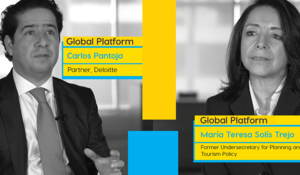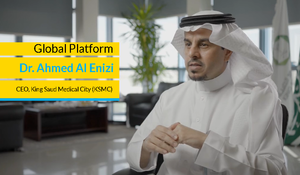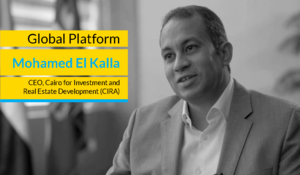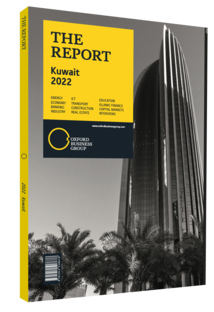It starts with Thailand and Singapore, also Cuba, Costa Rica and Mexico, are also developing a lot in medical tourism. Also in Lebanon, where we can find plastic surgery and dental care. We can find also heart transplantation in Turkey. Actually, these countries start to be aware that it's a very economic, profitable source of business. And this source of business actually, it's developing. We found that Turkey is ahead of us in this industry. They are making the concept of packaging [of the travel]. If we are taking Egypt as an example, we now have 32 dental schools, 14 government schools and the rest of them are private dental schools. We are having about 15,000 new dentists a year. Actually, these people have one of two choices. The first choice: they immigrate to other countries and this what happened in the last 10 years. But, we start to change the mentality, they can produce good money. They have to have attractive spots that can make the skilled surgeons and skilled dentists come stay in their countries. So pricing, you can find the single implant with the crown, all inclusive. In America for example, $2500. In countries like Thailand, $1500.
In Egypt, you can find it for $900; with the same implants, the same scientific degrees of the doctors, in less time and with the same technology. When we are talking about the currency coming from the medical tourism point of view, we could produce with a very competitive price to the international market. So, we can attract people for the industry of medical tourism and tourism in general. Developing the skills of people for medical tourism, requires two main aspects: the medical and the paramedical. Most of the people are thinking of only making a good treatment. If you don't have a paramedical infrastructure that can support this medical structure, it will impair the quality. We are graduating about 15,000 dentists per year. So, we make dentists diagnose on the phone, to be a coordinator and dental consultant, to send intraoral photos, and to have a cone beam CT or 3D CT that can make a good primary diagnosis.
In the next five to 10 years, the mix will start to change, from people from Saudi Arabia, to more people from European countries, to more people from Western countries. Actually, people are now moving against the flow. They are moving from the more developed countries to the developing countries, which is a new trend.







